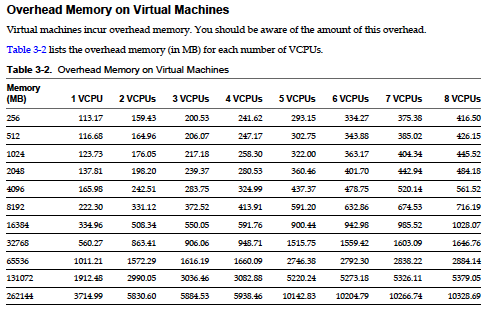Follow these steps if you need to reset the root password on an ESX classic.
Note: Ignore the “quote marks” in the instructions below.
1 – turn on system (if it’s on then reboot it with Ctrl-Alt-Del from console)
2 – when grub appears press the “tab” key
3 – highlight VMware ESX line using the “arrow” keys
4 – press the “e” key
5 – scroll to kernel line using the “arrow” keys
6 – press the “e” key (again, I know!)
7 – press the “end” key to move cursor to end of the kernel line
8 – type the word “single” (using the keys)
9 – press the “b” key to boot the ESX host into single user mode
10 – eventually a “sh-3.2#” root prompt will appear
11 – use the command “passwd” to reset the password
12 – use the command “reboot” to reboot the ESX machine
13 – login to the console or the vic using the new password!
That’s it! I hope this procedure works for you. Your feedback is appreciated.
Morale of this story is:
1 – always protect the physical environment where you ESX host is located.
2 – always secure the Lights Out/Remote Access/IP-KVM/console access to your host.
3 – consider using a GRUB password on your ESX host so as to prevent password resets.
